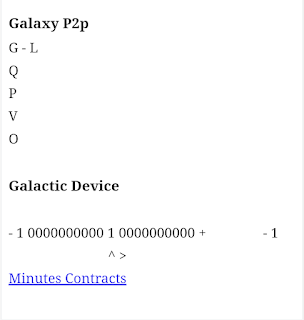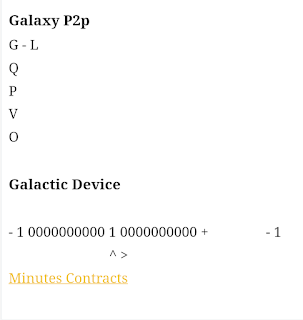The Bell Experiment
The Bell experiment refers to a series of tests designed to investigate the phenomenon of quantum entanglement and to test Bell's inequalities, which were formulated by physicist John Bell in the 1960s. These experiments aim to determine whether the predictions of quantum mechanics or local hidden variable theories—classical interpretations of physics—better explain the behavior of entangled particles.
Key Concepts:
- Entanglement: When two particles are entangled, the state of one particle is instantly correlated with the state of another, regardless of the distance between them.
- Bell's Theorem: Bell's inequalities provide a way to differentiate between quantum mechanics and local hidden variable theories. If experimental results violate these inequalities, it suggests that local realism (the idea that information cannot travel faster than light) is incorrect.
- Experimental Setup: Typically, entangled particles (like photons) are generated and sent to two separate detectors. Measurements are made on each particle, and the correlations between the outcomes are analyzed.
Results:
Experiments consistently show violations of Bell's inequalities, supporting the predictions of quantum mechanics and suggesting that entangled particles can exhibit correlations that cannot be explained by classical physics or local hidden variables.
These findings have profound implications for our understanding of reality, indicating that quantum mechanics challenges classical intuitions about separability and locality.









0 Comments